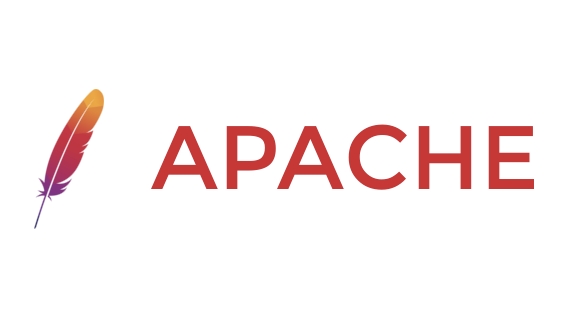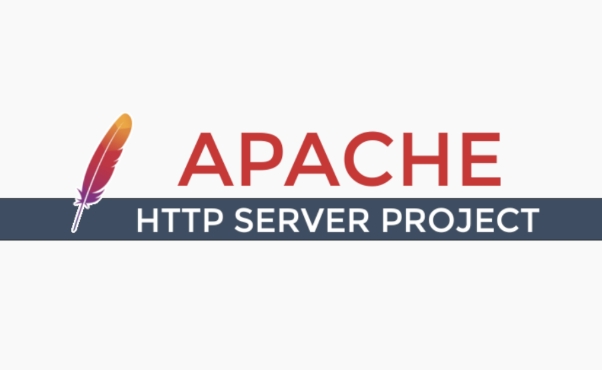What is the default Apache port?
The default Apache port for HTTP is 80. 1. Port 80 is used for unencrypted HTTP traffic and is the standard for web servers including Apache. 2. When a URL is entered without a specified port, browsers automatically connect to port 80. 3. For HTTPS traffic, the default port is 443, commonly configured in Apache when SSL/TLS is enabled. 4. Apache’s port settings are defined in configuration files such as httpd.conf, ports.conf, or virtual host files. 5. The Listen directive, such as Listen 80 or Listen 443, determines which ports Apache uses. 6. Unless customized, Apache serves web content on port 80 by default, making it the standard for basic Apache servers. Therefore, a standard Apache installation uses port 80 for HTTP and can be configured for port 443 for HTTPS.

The default Apache port is 80 for HTTP traffic.

This is the standard port used by web servers, including Apache, to serve websites over unencrypted HTTP. When you type a URL like http://example.com in your browser without specifying a port, it automatically connects to port 80.
For HTTPS (encrypted traffic), the default port is 443. Apache can be configured to listen on this port as well, typically when SSL/TLS is enabled.

Key points:
- Port 80 → HTTP (default for Apache)
- Port 443 → HTTPS (commonly used with Apache for secure sites)
- Apache's port settings are usually configured in files like:
httpd.confports.conf- Or virtual host files
- Look for directives like
Listen 80orListen 443
So unless changed, Apache serves standard web traffic on port 80 by default.

Basically, if you're running a basic Apache server, it's almost certainly using port 80 unless you or your hosting provider customized it.
The above is the detailed content of What is the default Apache port?. For more information, please follow other related articles on the PHP Chinese website!

Hot AI Tools

Undress AI Tool
Undress images for free

Undresser.AI Undress
AI-powered app for creating realistic nude photos

AI Clothes Remover
Online AI tool for removing clothes from photos.

ArtGPT
AI image generator for creative art from text prompts.

Stock Market GPT
AI powered investment research for smarter decisions

Hot Article

Hot Tools

Notepad++7.3.1
Easy-to-use and free code editor

SublimeText3 Chinese version
Chinese version, very easy to use

Zend Studio 13.0.1
Powerful PHP integrated development environment

Dreamweaver CS6
Visual web development tools

SublimeText3 Mac version
God-level code editing software (SublimeText3)
 How to resolve apache cannot load libphp.so into server
Aug 08, 2025 am 06:07 AM
How to resolve apache cannot load libphp.so into server
Aug 08, 2025 am 06:07 AM
First,verifythelibphp.sofileexistsusingfindorlocatecommands;ifmissing,reinstallPHPwithApachesupportviapackagemanager.2.CheckApacheconfigurationfilesforcorrectLoadModuledirectivepathandremoveduplicates.3.EnsureApacheandPHPversionsandarchitecturesmatch
 Where is the Apache configuration file?
Aug 08, 2025 am 01:20 AM
Where is the Apache configuration file?
Aug 08, 2025 am 01:20 AM
OnDebian/Ubuntu,themainApacheconfigurationfileis/etc/apache2/apache2.conf,withadditionalconfigurationsin/etc/apache2/sites-available/and/etc/apache2/conf-available/.2.OnRHEL/CentOS/Fedora,itistypically/etc/httpd/conf/httpd.conf,withextrafilesin/etc/h
 What is the default Apache port?
Aug 14, 2025 pm 01:02 PM
What is the default Apache port?
Aug 14, 2025 pm 01:02 PM
ThedefaultApacheportforHTTPis80.1.Port80isusedforunencryptedHTTPtrafficandisthestandardforwebserversincludingApache.2.WhenaURLisenteredwithoutaspecifiedport,browsersautomaticallyconnecttoport80.3.ForHTTPStraffic,thedefaultportis443,commonlyconfigured
 How to batch convert file formats in Windows File Manager? Steps to efficient operation
Sep 05, 2025 pm 08:12 PM
How to batch convert file formats in Windows File Manager? Steps to efficient operation
Sep 05, 2025 pm 08:12 PM
Windows file manager cannot directly convert file formats in batches because it is only responsible for file management and does not process file contents; it needs to use third-party tools such as IrfanView and FFmpeg to achieve efficient batch conversion, combined with the file manager to filter files and import tools, and complete the conversion through a graphical interface or command line. The command line tools have the advantages of automation, high efficiency and precise control, but attention should be paid to learning costs, error handling and file backup.
 How to block an IP address in Apache?
Aug 26, 2025 am 08:00 AM
How to block an IP address in Apache?
Aug 26, 2025 am 08:00 AM
ToblockanIPinApache2.4 ,usetheRequiredirectivewithinablock,suchasRequireallgrantedRequirenotip192.168.1.100toblockasingleIP,asubnetlike192.168.1,ormultiplespecificIPsbyrepeatingtheRequirenotipline,2.Placetheruleinsidea,,orblockinthevirtualhostconfigu
 How to host a simple website on Apache?
Sep 05, 2025 am 05:15 AM
How to host a simple website on Apache?
Sep 05, 2025 am 05:15 AM
InstallApacheusingpackagemanagercommandsforyourOS,startandenabletheservice.2.Placeyourwebsitefilesinthedefaultdirectory/var/www/html/,setproperownershipandpermissionsbasedonyoursystem(www-dataforUbuntu,apacheforCentOS).3.Optionallyconfigureavirtualho
 What to do if the SD card cannot be read by the win10 computer_Solutions for the win10 system to not recognize the SD card
Sep 24, 2025 pm 05:27 PM
What to do if the SD card cannot be read by the win10 computer_Solutions for the win10 system to not recognize the SD card
Sep 24, 2025 pm 05:27 PM
First check the physical connection and lock switch of the SD card to ensure that it is inserted correctly and is not locked; then enable or restart the card reader device in the Device Manager; then update or reinstall the driver; run sfc/scannow to repair the system files; finally assign a disk letter or online to the SD card through disk management.
 How to fix a 403 Forbidden error in Apache?
Sep 18, 2025 am 04:37 AM
How to fix a 403 Forbidden error in Apache?
Sep 18, 2025 am 04:37 AM
A403ForbiddenerroroccurswhenApachelacksproperpermissionsorconfigurationstoaccessfiles;checkfileanddirectorypermissionsusingchmod644forfilesandchmod755fordirectories,ensurecorrectownershipwithchown,verifytheDirectorydirectiveinApacheconfigallowsaccess







